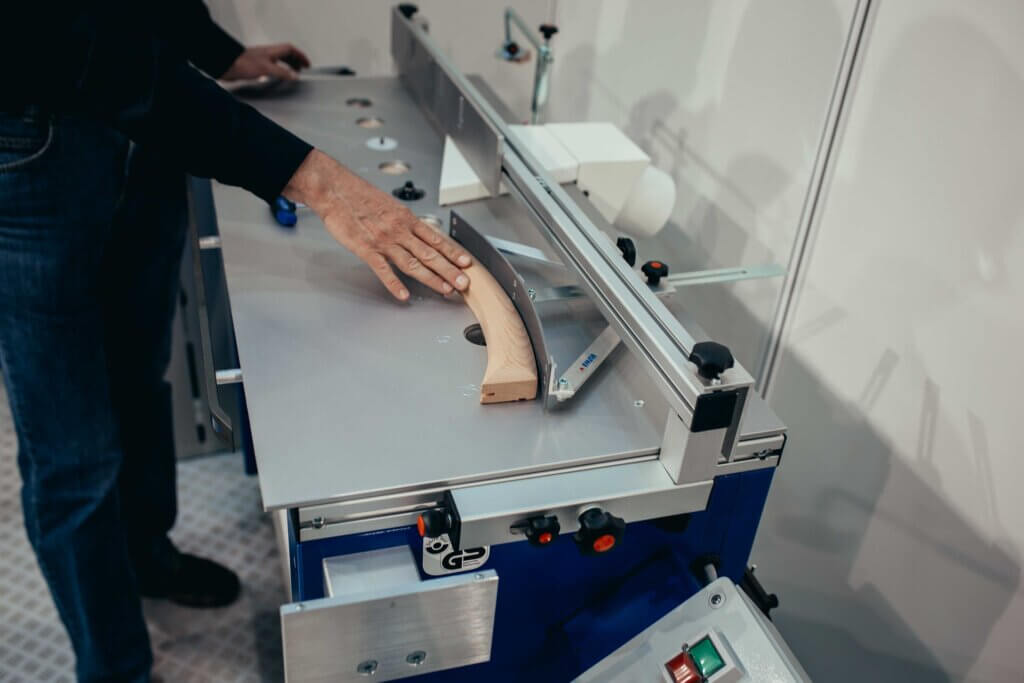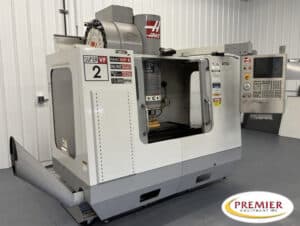Computer Numerical Control (CNC) is a programmed code in computer software that dictates the manufacturing process of industrial machinery and factory tools. Complex machines such as mills, grinders, and more can accomplish complex three-dimensional tasks by simply following instructions from a paired computer.
Powered by software automation, CNC machining allows for tasks to be completed with greater safety and precision than if a human was directly involved with the operation. Milling machines are one variety of tools that utilize CNC, and they can be broken down into several other types as well.
What is CNC Milling?
Milling is defined as the process of cutting or drilling wood, metal, or other material. A milling machine removes material using a rotating cylindrical cutter. CNC can be used to automatically feed an object into the milling machine. To start introducing CNC into a manufacturing operation, procuring used CNC technology is an effective solution.
As opposed to a standard drilling machine, a milling machine can cut in various angles along various axes. To satisfy different uses, CNC milling machines are designed in several types based on the number of movement axes available.
What Are the Different Types of CNC Milling?
There exist many different milling techniques and machines in order to perform the numerous unique cuts that millers require in their materials. Among them are some common CNC machines that can be found in many CNC shops. Manufacturers often rely on affordable used CNC machines to round out their inventory of milling machine types.
Plain Milling
A 2-axis milling machine can cut vertically and horizontally in one direction. Also known as slab milling, this method is ideal for simply removing material along a flat surface.
Face Milling
Face milling entails the cutting tool being placed perpendicular to the milling object. In this process, several teeth facing the object are used for finishing while teeth along the edge of the tool cut away raw material.
Straddle Milling
As the name implies, objects fed into this machine are straddled by a pair of milling tools that cut along parallel sides of the material. This makes it possible to mill two surfaces in a single convenient cut.
Gang Milling
Multiple cutters can be mounted onto a single arbor to make for a gang milling machine. The cutters may perform the same operation, or rotate at different speeds and perform different operations.
Form Milling
Special form cutters are used in the form milling process to shape irregular contours into an object. The cutters themselves may be shaped with concave, convex, or other irregular contours to allow for curved cuts into materials.
End Milling
A machine specifically designed to cut material axially is classified as an end mill. With teeth on the sides and end of the mill, this device is well-suited to producing slots or grooves as well as vertical flat surfaces.
Angular Milling
An angular milling machine is useful for unique cases in which a flat surface must be milled from a position that is neither parallel nor perpendicular to the cutting axis. It is possible to use a single-angle cutter or a double-angle cutter for milling threads, serrations, and other angular surfaces.
T-Slot Milling
In a T-slot operation, a disc-shaped cutting tool creates a wider bottom groove to an existing groove. The first slot is often made by a side milling cutter before the T-slot cutter creates the bottom groove.
For help finding the exact type of CNC milling machine you need, contact us today. If you’re seeking a used CNC machine for sale, Premier Equipment has a wide selection available for browsing.



